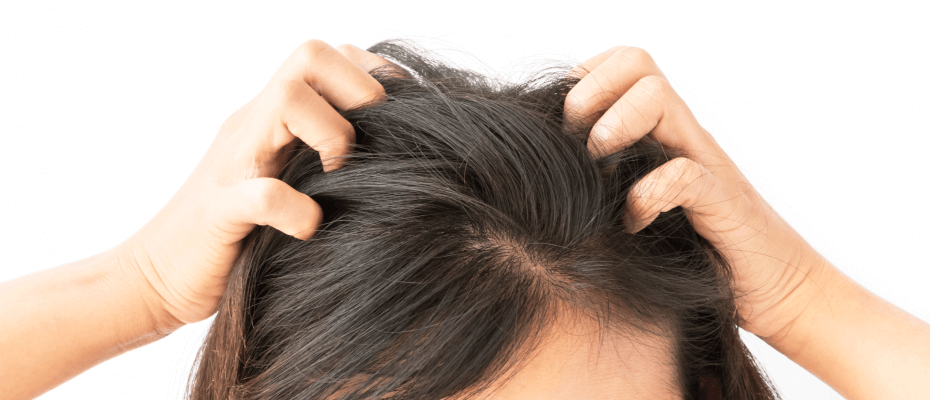
The head louse develops in three stages: egg (nit), larvae or nymph (1-2 mm long) and adult.
When treating head lice infestations, it is essential to effectively combat the lice at all stages of development, i.e. the adult louse, larvae and eggs (nits) to make sure that you eradicate the problem.

The cycle from egg to adult (i.e. capable of producing its first batch of eggs) is generally around three weeks. Their development is dependent on environmental temperature and humidity. The optimum temperature for the development of lice is 32°C.
Using a water-insoluble ‘glue’, the adult female attaches the oval 0.8 mm-long eggs (nits) onto the hair shaft, close to the base of the hair. The eggs are encased in a shell of chitin. It then takes 7-8 days for the larvae to hatch.
Adult lice emerge from the larval stage within 9-12 days1 and are then ready to reproduce after a further 2-3 days.
Throughout her life cycle, the female louse can produce 150 to 300 eggs.
Reference
1. Head Lice Treatment, Canadian Pediatric Society Guidelines. Update 2008.
